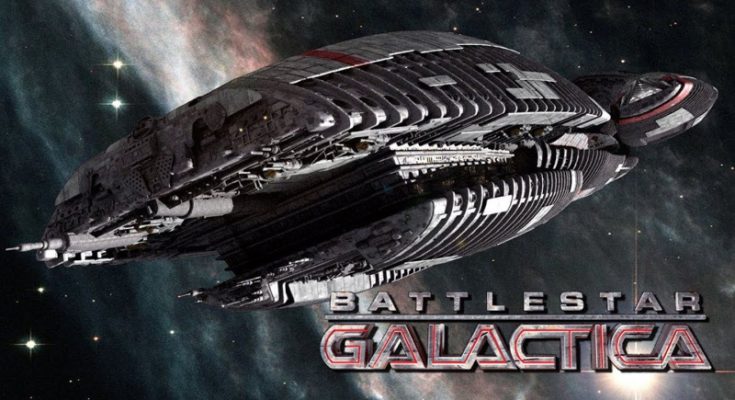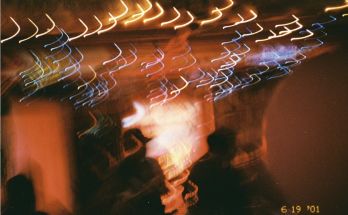Big TV, film, and game titles, such as The Walking Dead, Agents of S.H.I.E.L.D., Outlander, God of War, and Black Mirror all require brilliant musical scores to complete them. Luckily, Bear McCreary, an American-born musician and composer, was up to the task. McCreary has received many accolades for his work from 2009 up until the present day, winning several awards for God of War, and one each for The Walking Dead, Human Target, and Eureka. Despite the breadth of his work, I’d like to dive into one of McCreary’s most noteworthy soundtracks–his work for the reimagined television series Battlestar Galactica (2004-2009).
This is one of my personal favorite shows, topped off with a fantastic soundtrack. If you’re looking for a song to motivate you to watch the series for the first time, I would recommend starting with the main theme. There’s nothing like the heavy war drums that kick in in the latter half of the piece to convey the tense, action-packed atmosphere of the overall series. And if you want a better taste of the mighty percussion the soundtrack has to offer, check out “Prelude To War” (especially 2:53-3:14), “The Olympic Carrier”, and “Wayward Soldier”.
The BSG soundtrack is pretty versatile and includes some more mellow grungy rock sounds in “Something Dark Is Coming” and “Dirty Hands”. And like most shows, BSG includes distinct musical themes for its main characters. Some of the best are found in “Are You Alive?” and “Violence And Variations”.
If you’re a music theory/history nerd like I am, you might appreciate some background and cool facts about the Battlestar Galactica soundtrack. Here are a few tidbits I’ve noticed as I watched the show:
- The frequent use of “space” chords in the soundtrack (“Are You Alive?”, “Goodbye, Baby”)
- “Space” chords evoke mental imagery of floating in space, both by their nature and by their frequent use in other popular TV shows and films that are set far outside the Earth
- Chords that are far apart from one another chromatically (and are not in the same diatonic key) convey a sense of vastness and scale. To add to this, these chords are often played in their open voicings, meaning that the notes in the chord are not compact but rather spread out over an octave or two
- Other notable examples of “space” chords in popular media:
- “Yoda’s Theme” by John Williams, from Star Wars The Empire Strikes Back (0:00-0:20)
- “17 Battle In The Mutara Nebula” by James Horner, from Star Trek II: The Wrath of Khan (this song features a major to augmented chord progression (0:12-0:20), commonly heard in sci-fi scores–the reason for this is the augmented chord is a major chord with the fifth note raised, giving it a very open and airy quality)
- “Hope” (Title Theme) by Justin E. Bell, from Outer Worlds
- One of the main themes in Battlestar Galactica is the cyclic nature of time. To complement this idea, McCreary wrote “Passacaglia”. A passacaglia is actually a musical form that was popular in the 17th and 18th centuries in Europe and was especially known for having cyclic musical qualities, most often regarding the human life cycle (and without spoiling too much, this is very relevant to the main storyline.)
- Many songs in the soundtrack feature defining elements present in traditional Middle Eastern music, namely the musical scales and instruments, to convey a sense of richness and openness:
- McCreary used the Armenian duduk (a double-reed woodwind instrument) extensively in the soundtrack as a primary melodic instrument:
- “A Distant Sadness” is sung in Armenian
- Many other popular film soundtracks also include duduk, such as Gladiator, Avatar: The Last Airbender, Game of Thrones, and The Chronicles of Narnia: The Lion, the Witch, and the Wardrobe
Needless to say, I highly recommend watching this series, for the music and for the overall content. The name can be off-putting if you’re not a diehard sci-fi fan, but I would even recommend it to a casual viewer. It’s also excellent binging material, and available on Hulu, Amazon Video, iTunes, and Google Play. Enjoy!




